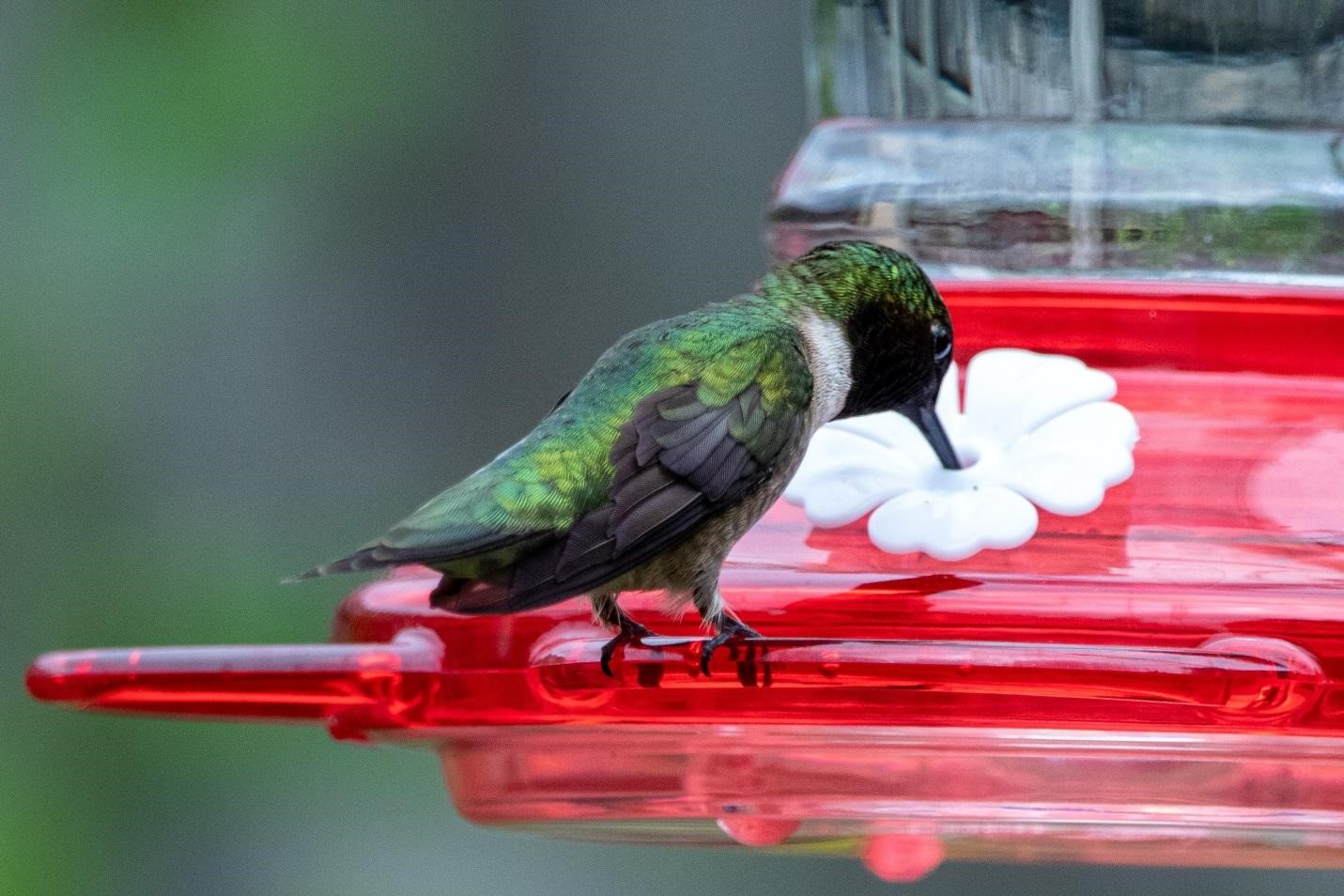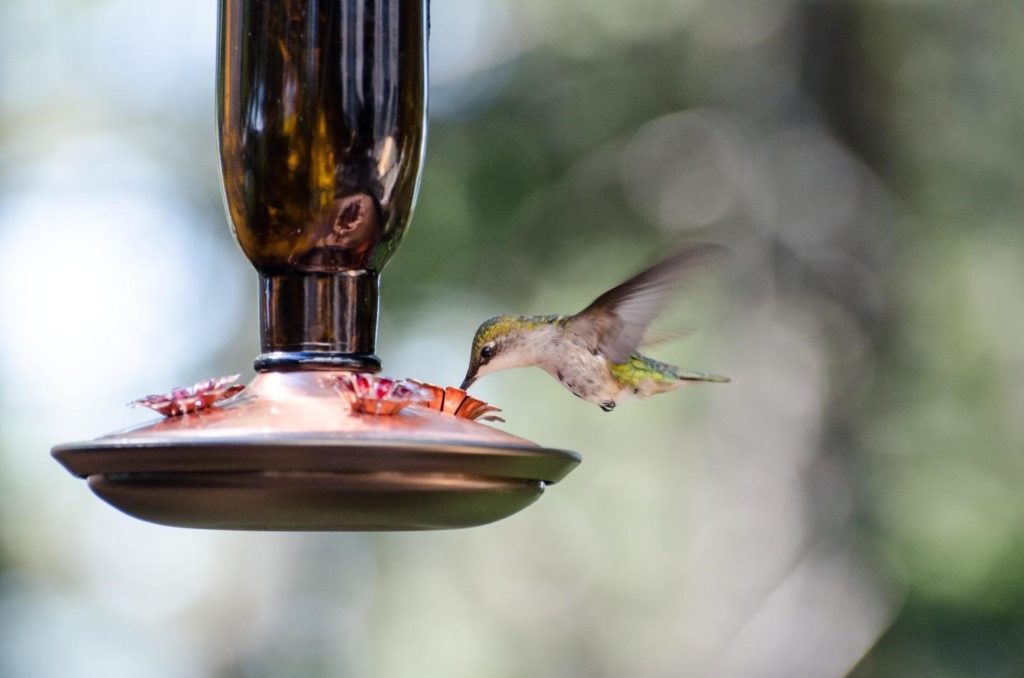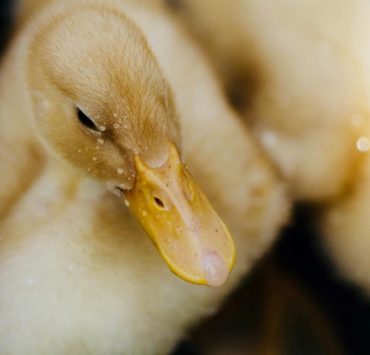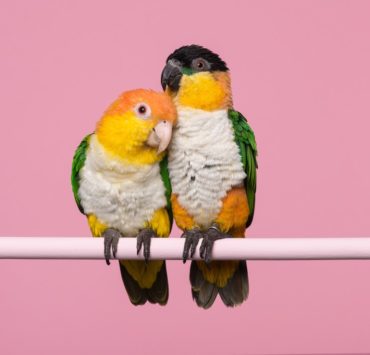
Hummingbirds are beautiful and fascinating little creatures. They are fearless, feisty, and surprisingly friendly. They are not scared of humans either, so they’re not afraid to come up close to investigate us.
What’s even more amazing is that they are the only bird species in the world with the uncanny ability to hover and fly in reverse. They are truly remarkable.
This is perhaps why these brightly-colored beauties streak around the backyards of many homeowners in search of sweet treats in brightly-colored feeders all over America. They have an exceptionally high metabolism, which means their calorific demands remain elevated.
Fortunately for us, this also means that once they identify a reliable food source, they’ll keep coming back for more. Here’s everything you need to know about how to attract hummingbirds and what to feed them.
What Do Hummingbirds Eat
As we stated before, hummingbirds have a remarkably high metabolism. They feed every 10 to 15 minutes and can visit up to 2,000 flowers in a single day.
Some of the high-nectar-content flowers you can plant in your backyard include bleeding hearts, salvias, bee balm, and trumpet vines like honeysuckle.
Nonetheless, hummingbird food isn’t just the nectar in flowers, although they do have a sweet tooth.
They also feed on wasps, mosquitoes, gnats, aphids, beetles, and other small insects. Having hummingbirds buzzing about your backyard is a win-win, particularly if you have a bit of a pest problem on your hands.
One way to keep them under control would be to grow plants that attract hummingbirds, especially those with red flowers.
These birds are instinctively attracted to red, so the more red-colored items you have in your backyard, the more likely you’ll be to have these feathered creatures fluttering about.
Homemade Hummingbird Food
While you can buy commercially-made hummingbird nectar, you can easily make your own. It’s not hard to do. Here’s an easy hummingbird feeder recipe you can use.
Ingredients
- 1 cup white sugar, refined
- 4 cups hot water
Directions
- Mix 1 part sugar in 4 parts hot water, making sure to check that it is completely dissolved.
- Leave it to cool to room temperature.
- Fight the temptation to add red dye to it. This can be harmful to birds. Your feeders are colorful enough to capture their attention.
- Fill your feeders with the homemade nectar and place them outside. Refrigerate any sugar water that remains for future use.
- Change out the feeder water and clean the unit thoroughly to prevent mold growth, which can be detrimental to hummingbirds if they drink the contaminated water.
How to Keep Ants Out of Hummingbird Feeder

Hummingbirds aren’t the only creatures with a sweet tooth for nectar. After a while, it might become a common sight to find your feeder overrun by ants.
Not only is it an eyesore, but it also deters hummingbirds and other nectar-loving birds from visiting your feeder. Here are some foolproof tips you can use to keep these pesky little menaces out.
1. Install an Ant Moat
This is by far the most effective way to stop ants from invading your feeder. While some feeders do come with a built-in ant moat, you can still buy one separately and install it above your existing unit.
When filled with water, the moat acts as a barrier and takes the ants’ attention away from the sweet nectar in the feeder below.
2. Hang Your Feeder on a Fishing Line
This is a simple yet effective way to keep ants out, especially if you live in a region where the climate isn’t suited to ant moats.
Because the fishing line is so thin and slippery, ants have a hard time gripping its surface. It makes it much harder for them to make their way into the feeder.
3. Position Your Feeder Over Water
Ants aren’t the best swimmers, so placing your feeder over a fountain or any other body of water in your backyard discourages them from invading it.
While this technique may not be as effective as the other two we’ve mentioned, it will keep the majority of ants at bay.
4. Fix Any Leaks
If you have a leaky feeder, the sugary scent of the homemade nectar juice will attract ants. Regularly check your unit for any leaks or slits and fix them right away. Tighten any loose parts as well.
5. Use Adhesive Tape
While it might seem like an aggressive way to keep ants at bay, applying some adhesive tape with the sticky side exposed effectively keeps them away from your feeder. That way, any time an ant steps on it, the glue cuts short its journey to the feeder.

Where Do Hummingbirds Nest
Although adding nectar plants to your garden and installing a feeder is a great way to attract hummingbirds, you should also consider encouraging them to make your backyard their home.
Having different kinds of plants these little creatures use for nesting materials is a great way to do it. It encourages them to build a nest nearby.
Unlike many other bird species you might have come across, hummingbirds don’t build their nests in tree cavities or use nest boxes.
Instead, they prefer to build their nests in the forked branches of sheltered trees and shrubbery.
Consider planting a diverse range of large shrubs and leafy trees. These will provide potential shelters at varying heights.
Cottonwood, beech, birch, mulberry, maple, or any other catkin-bearing tree would be a great habitat for hummingbirds.
You’ll also want to grow plants with soft foliage like Lamb’s Ear or those with seeds that transform into soft, fuzzy balls of fiber.
These would be a great source for nesting materials. The more of them you have in your backyard, the more likely it will be for visiting hummingbirds to make them their permanent home.
Patience Pays
There you have it – How to attract hummingbirds. Use the tips we’ve detailed in this guide to make your home environment conducive to these feathered creatures.
After a few months, you’ll be surprised to find a buzzing community of hummingbirds fluttering about your backyard.
If you have any questions related to avian health, use our online Vet chat to speak to a licensed veterinarian today.



